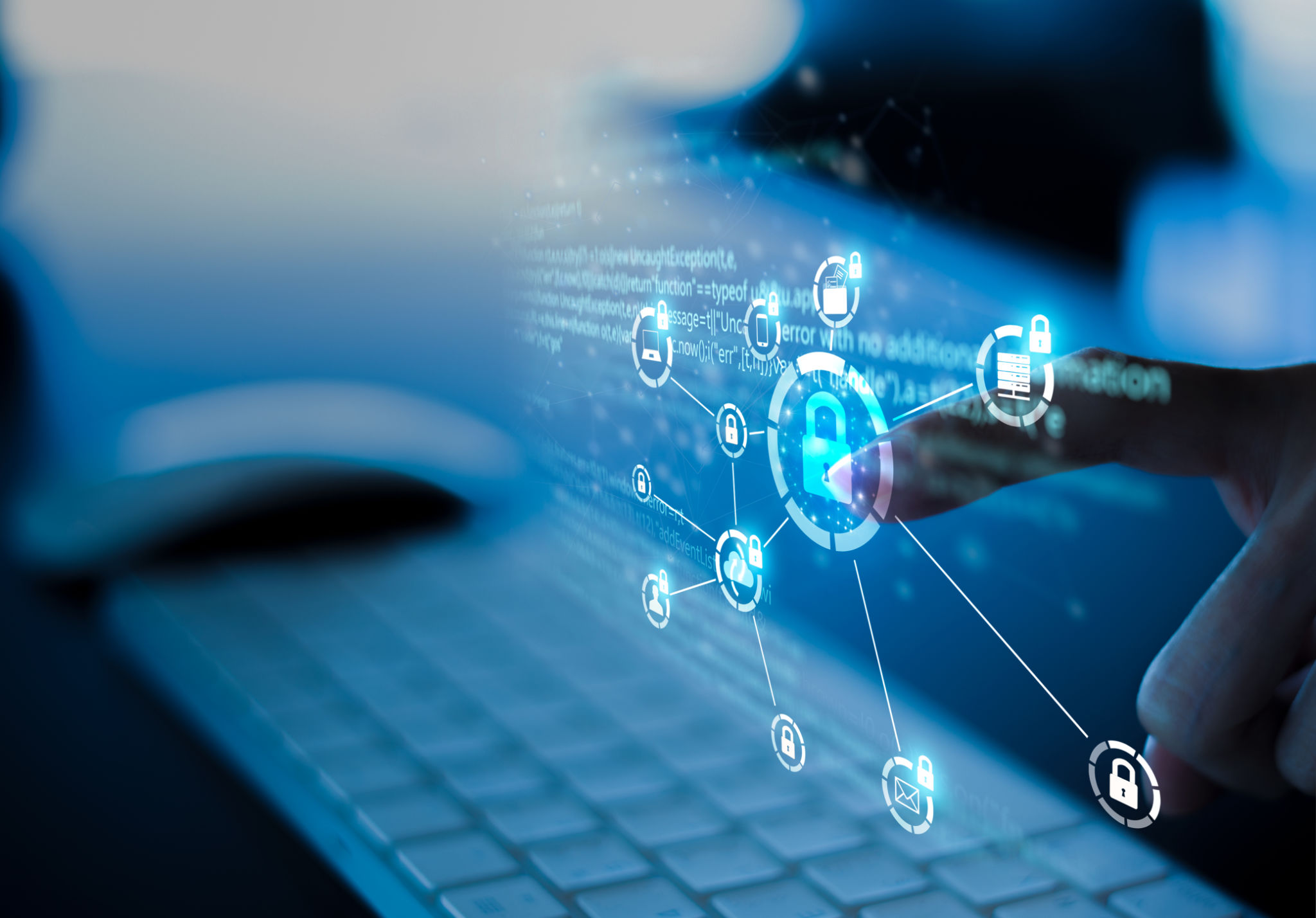Cybersecurity Consulting for Remote Workforces: Best Practices
Introduction to Cybersecurity for Remote Workforces
As remote work continues to become the norm, ensuring robust cybersecurity measures for remote workforces is more critical than ever. With employees accessing company data from various locations and devices, the potential for security breaches increases significantly. This post explores best practices for maintaining cybersecurity in a remote work environment.

Establishing a Secure Remote Work Environment
A secure remote work environment starts with the basics. Organizations must ensure that all devices used for work purposes are equipped with up-to-date security software. This includes antivirus programs, firewalls, and other protective tools. Regular updates and patches are vital to protect against the latest threats.
Additionally, implementing a Virtual Private Network (VPN) is essential for remote employees. A VPN encrypts internet traffic, safeguarding sensitive data from unauthorized access and ensuring secure communication between the employee's device and the company network.
Strong Authentication Protocols
One of the most effective ways to secure remote access is by employing strong authentication protocols. Two-factor authentication (2FA) or multi-factor authentication (MFA) adds an extra layer of security by requiring users to provide two or more verification factors before gaining access. This makes it significantly harder for cybercriminals to compromise accounts.

Training and Awareness
Employee training is a crucial component of cybersecurity for remote workforces. Regular training sessions should be conducted to educate employees about potential threats such as phishing attacks, malware, and social engineering tactics. Awareness programs can empower employees to recognize and report suspicious activities swiftly.
Organizations should also establish clear cybersecurity policies, outlining best practices for data protection, password management, and device usage. Ensuring that employees are familiar with these guidelines can prevent accidental data breaches.
Securing Cloud-Based Applications
With the increased reliance on cloud-based applications, securing these platforms is paramount. Companies should ensure that their cloud service providers adhere to stringent security standards. Regular audits and assessments can help identify vulnerabilities and ensure compliance with industry regulations.

Maintaining Data Privacy
Data privacy is a significant concern in a remote work setup. Organizations must implement data encryption both in transit and at rest to protect sensitive information from unauthorized access. Additionally, access controls should be put in place to limit data access to only those employees who need it for their roles.
Conducting regular data privacy assessments can help identify potential risks and ensure that the organization remains compliant with data protection laws such as GDPR or CCPA.
Incident Response Planning
Despite best efforts, security incidents can still occur. Having a well-defined incident response plan is crucial in minimizing the impact of any breach. This plan should include steps for identifying, containing, and resolving incidents promptly. Regular drills and simulations can help ensure that employees know how to respond effectively in case of an actual breach.

Conclusion
Securing a remote workforce requires a proactive approach that combines technology, training, and policies to protect sensitive data from cyber threats. By implementing these best practices, organizations can create a robust cybersecurity framework that supports remote work while safeguarding valuable information.
